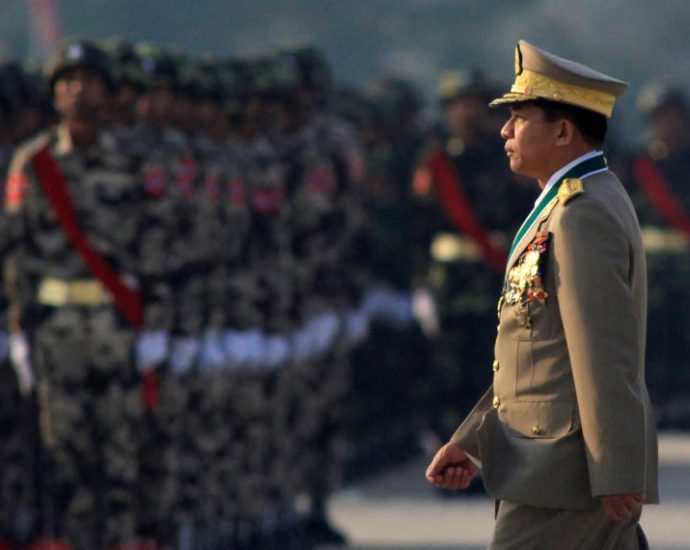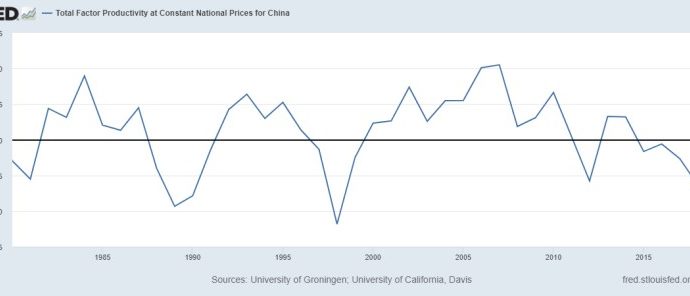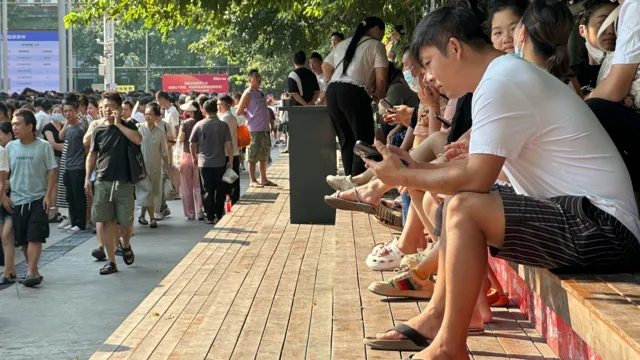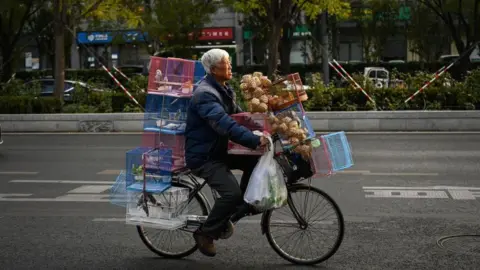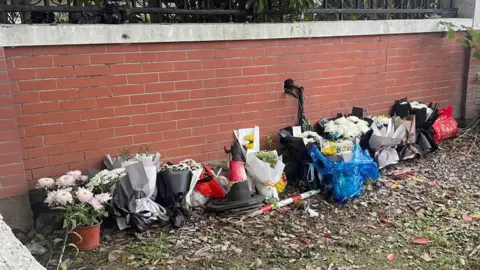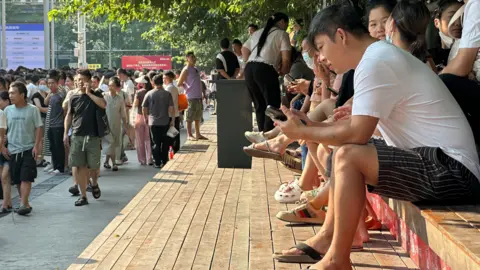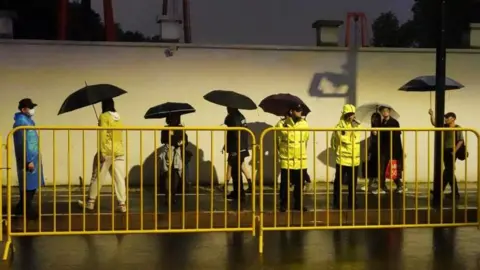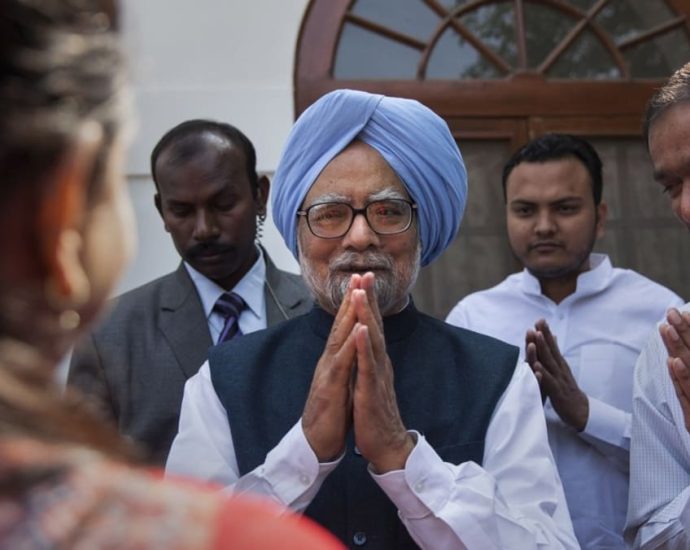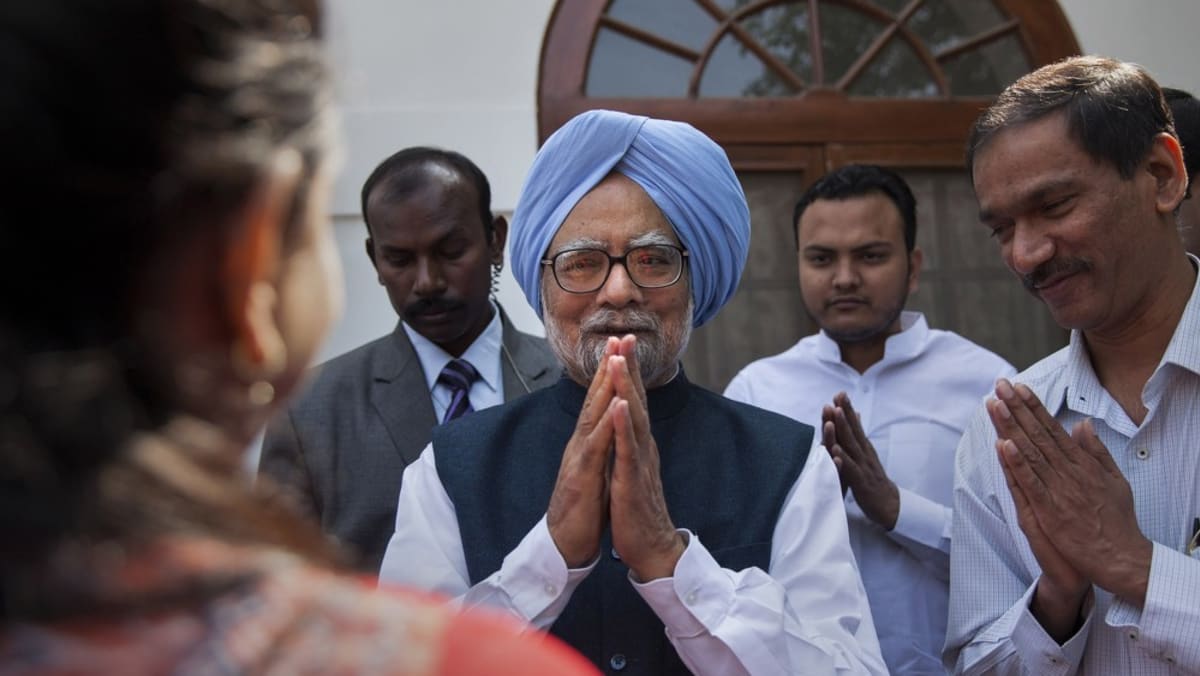Top environmental issues of 2024: Kingdom’s ecology under attack

Environmental issues damaged Thai society and the economy in a number of ways in 2024.
1. Invasion of the alien fish
The year-end is just around the corner, but the authorities’ attempts to find those responsible for the massive spread of blackchin tilapia has yet to yield solid results.
For several months, this invasive species of alien fish has caused huge damage to Thailand’s economy and ecosystems.
The situation began to catch the public’s attention in July when many shrimp farmers in Samut Songkhram province reported a sudden decrease in their aquaculture and found the invasive fish in their farms.
They complained their farmed shrimp were being preyed upon by the fish, which they believed had been released negligently into public waterways.
Shortly after, problems regarding a drop in the local aquatic population due to the blackchin tilapia were reported in nearby provinces, especially along the Mae Klong River.
In August, the Fisheries Department declared 79 districts in 19 provinces as areas officially affected by the fish.
They comprised Chanthaburi, Rayong, Chachoengsao, Samut Prakan, Nonthaburi, Bangkok, Nakhon Pathom, Ratchaburi, Samut Sakhon, Samut Songkhram, Phetchaburi, Prachuap Khiri Khan, Chumphon, Surat Thani, Nakhon Si Thammarat, Songkhla, Chonburi, Phatthalung and Prachin Buri.
This raised strong concern among environmental activists and academics who fear the local freshwater ecological system is deteriorating due to the heavy loss of domestic aquatic animals.
The issue has led to a legal battle between BioThai, a non-governmental organisation, and CP Foods Plc (CPF), whose research centre conducted a project to breed the blackchin tilapia and was located in the area where the spread was first reported.
BioThai alleged the company was responsible and demanded compensation for the environmental damage.
The company denied the accusation, insisting that the fish, which were allegedly imported from Ghana for research in December 2010 with the permission of the Department of Fisheries, all died within a month of arrival.
As a result, the company suddenly terminated the project, it said, insisting that none of the 2,000 imported fish were released into outdoor environments.
The Ministry of Agriculture and Cooperatives refused to investigate further or provide information to the public, saying the case had already been sent to court.
Meanwhile, to eradicate the estimated three million kilogrammes of invasive fish species from the ecosystem, integrated efforts have been made by local communities and authorities.
They include biological control measures such as releasing predatory species into waterways in affected areas and programmes to encourage people to catch the fish for consumption as well as sell them to state officials so they can be turned into other products such as fish sauce and fertiliser.
2. Toxic waste sparks concerns

Damage is seen after a fire raged at a warehouse in Ban Khai district, Rayong, on April 22. Ecological Alert and Recovery-Thailand (EARTH)
A fire in an industrial waste warehouse owned by Win Process Company in Rayong’s Ban Khai district and the discovery of 15,000 tonnes of cadmium waste in Samut Songkhram, Bangkok and Chon Buri in April sparked public concern about hazardous waste management and poor law enforcement.
On April 22, the fire broke out, and explosions were heard in the lock-down facility of Win Process.
Local authorities ordered the evacuation of people in two nearby villages due to dangerous air quality caused by the chemicals. Win Process has been at loggerheads with locals for decades over the way it manages the business.
In 2022, the Rayong Provincial Court ordered the company to pay 20.82 million baht to compensate 15 residents affected by the plant’s activities. However, the company refused to pay, saying it had been declared bankrupt.
In September this year, the court ordered the company to pay 1.74 billion baht in compensation after finding the hazardous waste recycling company guilty of severely polluting the environment.
Further investigation found that the company might be linked to illegal hazardous waste management in Ayuthaya province.
Also in April, about 13,000 tonnes of cadmium tailings were found illegally stored in the J&B Metal smelting factory in Samut Sakhon, which prompted the provincial governor to declare the site and its surrounding area a “disaster zone” and off-limits to people for 90 days.
Later, authorities found cadmium waste stored recklessly in five other warehouses, comprising one in Bangkok, two in Chon Buri and another two in Samut Sakhon.
The Industry Ministry ordered the cadmium tailings to be taken back to the original site, a landfill owned by Bound and Beyond Plc in Tak’s Muang district. The task was completed at the end of June.
The Natural Resources and Environment Crime Suppression Division pressed charges against J&B Metal Co, including violating the Factory Act (1992) and unauthorised possession of hazardous substances.
3. Netizens stand up for land rights
#SaveThapLan was one of the biggest trending topics in 2024.

The aerial photo shows the boundary of the Thap Lan National Park in Nakhon Ratchasima, which is an area of dispute with the Agricultural Land Reform Office. Chaiwat Limlikhitaksorn Facebook Account
The effort to protect national parks in the country drove almost 1 million people to vote in an online poll on the government’s proposal to redesignate 265,000 rai of forest land as agricultural land.
Some 901,892 opposed the proposal in the poll, regarded as the largest-ever hearing in the country.
Chaiwat Limlikhitaksorn, who was director of the National Park Office, had called on the cabinet to review its decision of March 14, 2023, concerning the demarcation of national park boundary lines nationwide.
The redesignation plan was initiated by the previous government to resolve an overlap between the park’s land and state-owned land nearby.
The plan would have resulted in Thap Lan National Park in Prachin Buri province losing 265,000 rai currently settled by local communities.
This also increased public fears the forest land would finally become private property under a new Agricultural Land Reform Office regulation.
The rule indicates that any land under Alro’s responsibility can be sold to outsiders if locals end their right to use the land.
In 1989, Alro allocated a part of the Wang Nam Khiew National Reserve Forest to poor farmers.
However, some 260,000 rai of the allocated land overlapped with Thap Lan National Park, part of the World Heritage Khao Yai Forest Complex.
Over the years, most of the contested land has been turned into agricultural zones and recreation properties. Over 400 legal cases of forest land encroachment have been received by the Department of National Parks, Wildlife and Plant Conservation.
The department said the issue would be considered by a new national committee, which is now in the process of selecting members.
4. Dugong deaths carry on apace
The crisis in the dugong population continued in 2024, with 41 animals reported dead.

Marine and Coastal Resources Research Center staff lay vegetable plots off Rawai Beach in Phuket in November as food for dugongs instead of seagrass. Marine and Coastal Resources Research Center (Upper Andaman Sea)
The country has lost 81 dugongs in the past two years. Marine ecosystem expert Thon Thamrongnawasawat said the number of dugong deaths is now 3.5 times higher than in the past few years.
Malnutrition, starvation, and their being entangled in fishing nets were the main causes of death, reflecting their struggle to find food and adapt to the biodiversity in the Andaman Sea.
Most of the carcasses were found near Koh Libong — once the largest and most diverse area for seagrass, the main food source for dugongs and home to a significant dugong population in Trang province.
Critical deterioration of the seagrass site, caused by global warming and accumulating sediment from man-made activities, was a prime factor that led to the animals dying, the authorities said.
A similar situation with seagrass deterioration has also been found in Krabi, Satun, Phangnga and Phuket, as well as Chanthaburi and Trat in the Gulf of Thailand.
Marine scientists fear further losses due to insufficient food as a mature dugong feeds on some 30 kilogrammes of seagrass every day.
The Department of Marine and Coastal Resources (DMCR) has tried to protect the rare species, with only around 200 now believed to exist in the country.
The efforts include offering training courses on basic dugong rescues for villagers and local agencies, and providing rescue equipment in areas where the animals live and have been found stranded.
The DMCR also devised the idea of feeding dugongs with vegetables that have chemical compounds similar to seagrass, such as morning glory, kale, and some seaweed species, as a substitute.
However, the vegetables are considered supplements, so the DMCR insists on the necessity of seagrass recovery.
The department and its allies, including universities and the private sector, are working together to design floating barriers and recovery ponds to separate ill dugongs from healthy ones for medical treatment. They are also studying the possibility of planting seagrass in nature.
5. Floods leave wide arc of damage

Soldiers and officials from various sectors help villagers clear mud off the road and from people’s homes after floods receded in Chiang Rai’s Mae Sai district in September. Disaster Response Association of Thailand
Thailand faced severe floods this year that inundated 57 provinces during the rainy season, with the greatest impact recorded in the North in September and the South this month.
The Thai Chamber of Commerce and the University of the Thai Chamber of Commerce estimated the total damage was about 8-8.5 billion baht, or about 0.6% of GDP.
The province which sustained the most damage in the North was Chiang Rai, especially in Mae Sai district.
The mud there reached the ceiling of the first floor of buildings in some communities. It took authorities and volunteers about 45 days to clear the mud from Chiang Rai city.
The main reason for the muddy floodwaters was not only heavy downpours — from tropical storm Yagi — but also deforestation caused by farmers turning mountains into agricultural areas, says health and environment expert Sonthi Kotchawat.
He said the North had forests of about 38 million rai in 2023, or 63.24% of the region’s area, a drop of 171,143 rai compared with 2022.
He said planting crops in the mountains is against the law, but officials have neglected enforcing the rule.
Other reasons include city expansion and land encroachment along the banks of Mae Sai River, said a source from the Geo-Informatics and Space Technology Development Agency.
The width of Mae Sai River used to be 150 metres, but today it is only 50 metres.
Meanwhile, the South was badly hit by downpours.
The Department of Disaster Prevention and Mitigation (DDPM) said 11 provinces were submerged in water, affecting 737,091 households, resulting in a total of 35 deaths.
Nakhon Si Thammarat was badly hit by rain, where 50–100 millimetres normally fall daily. Since the beginning of this month, it reached as much as 500mm, the DDPM said.
This is considered a natural disaster, says Interior Minister Anutin Charnvirakul. Many academics have warned that heavy rainfall will increase as the world’s temperature rises.
Next year, the country will face heavy floods as a result of the La Nina phenomenon, they said.


